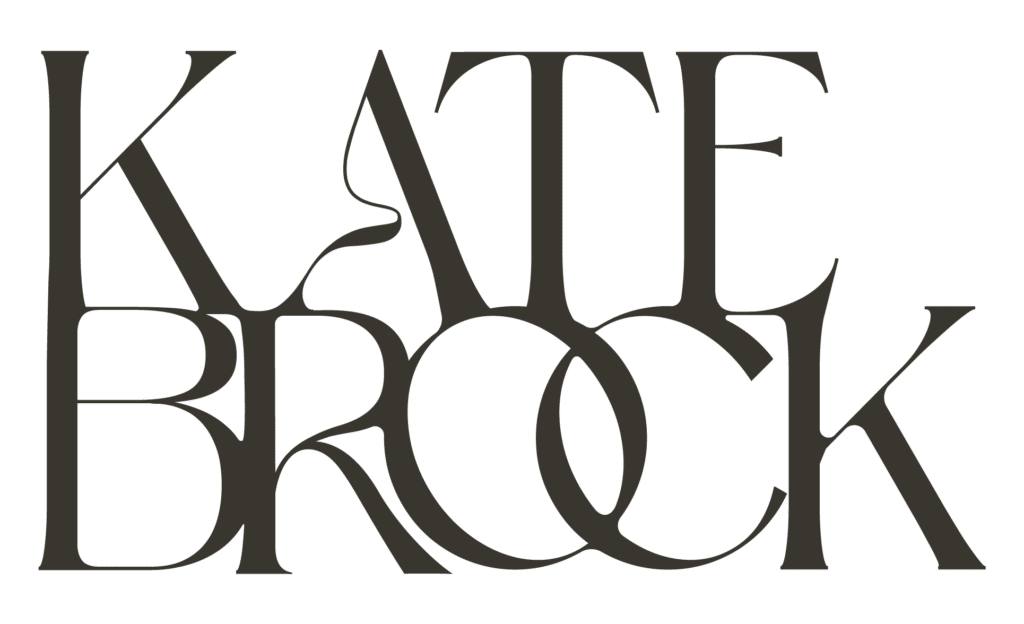Have you been thinking about starting your nutrition private practice but it feels overwhelming? I get it. When I launched mine, I was terrified I wouldn’t make it. Running a business on your own for the first time is no small feat.
But after building a multiple 6-figure practice, I can confidently say, if you’re willing to put in the work, there’s no ceiling to what you can achieve.
To help you take action faster, I created a free Nutrition Private Practice Checklist (grab it here) that maps out every step — plus links to the exact tools and systems I used when I got started. Below, I’m sharing 10 of the most important tips pulled straight from the checklist:

10 Tips to Start Your Nutrition Private Practice (these are critical!)
1. Acquire Licenses in the State(s) You Want your Nutrition Private Practice
Before seeing any clients, research whether your state requires a license for dietitians or nutritionists. Each state has different requirements, so this is a must-do first step when launching your nutrition private practice.
2. Enroll in Malpractice Insurance
Do not skip this! It’s an essential layer of protection as you begin working with clients. I link to my go-to option in the checklist so you can get this set up quickly.
3. Decide on Telehealth or In-Person Services
Do you want to work virtually or see people in person? Consider cost, lifestyle, and client access. If you offer telehealth, you’ll need a HIPAA-compliant platform (my favorites are in the checklist!).
4. Set Up a Business Phone Number
You don’t need a second phone—just a dedicated business line. Tools like Google Voice make this super simple and free, and I explain how to set this up step-by-step in the checklist.
5. Choose a Name for Your Nutrition Private Practice
Your name matters! Whether you want to use your full name or something more creative, you’ll want to check that it’s not already in use.
6. Get a HIPAA-Compliant Email
Setting up a professional email is an easy win, but make sure it’s secure. HIPAA-compliant email protects both you and your clients, especially if you’re doing virtual care.
7. Choose Your Business Structure (LLC, Sole Proprietorship, etc.)
This part sounds intimidating, but it doesn’t have to be. The checklist explains the pros and cons of each setup and includes a link to free help through SCORE or a CPA.
8. Apply for an EIN (Employer Identification Number)
This is basically your business’s social security number—and it’s free through the IRS. You’ll need it to open bank accounts, file taxes, and more.
9. Apply for an NPI (National Provider Identifier)
Even if you’re not accepting insurance, an NPI is required for superbills. It’s also necessary if you ever want to expand or hire more dietitians under your nutrition private practice. You’ll need to decide if you want to register as an individual or a group
10. Open a Business Bank Account specifically dedicated to your Nutrition Private Practice
Keep your money organized from the start! I recommend at least three accounts: one for income, one for expenses, and one for taxes. The checklist shares how to set this up (plus the exact bank I use).
Want the full checklist with bonus links and setup tutorials?
Download the free Nutrition Private Practice Checklist—it includes everything mentioned here, plus links to the HIPAA tools, EHR platforms, and business software I actually use.
Want to know how we can work together so you don’t have to navigate starting your nutrition private practice alone? Click here.



